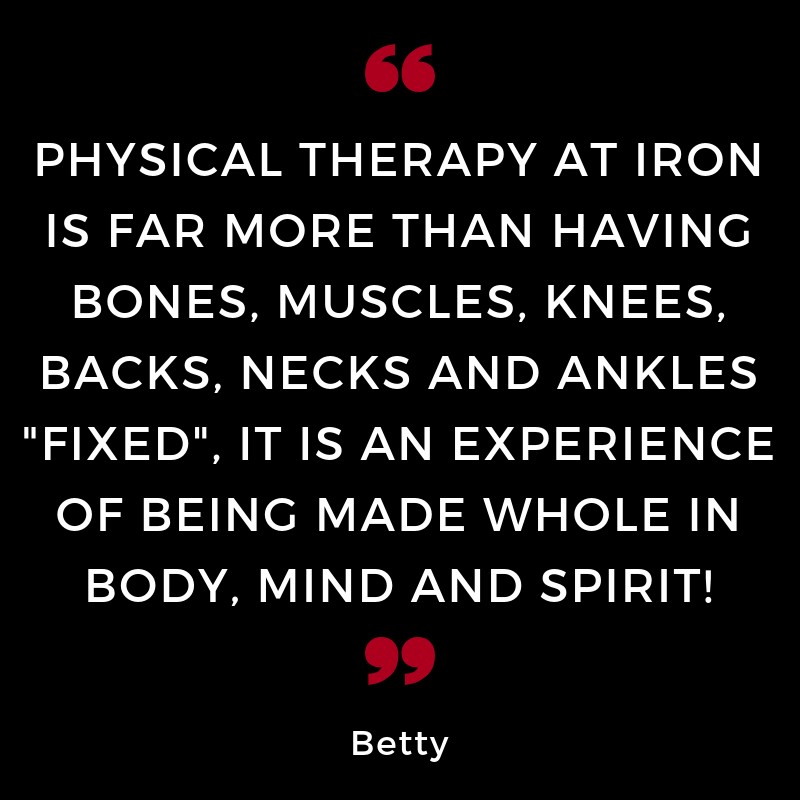How is Physical Therapy Different from Chiropractic or Massage?
We are supportive of other disciplines in the field of health and wellness as each area has can be effective; however, what’s unique about physical therapists is that they are “movement specialists” who positively impact how the body moves and functions as a whole. While PT's incorporate hands-on techniques and some treatments similar to chiropractic, they also utilize additional interventions and education to achieve long term results.
PT is a full body transformation — body, mind and spirit!
Instead of a quick and passive session, physical therapy is a true partnership where you, the patient, will be fully engaged in your treatment. This is one of the reasons that surgeons refer exclusively to physical therapists for a full post-operative recovery.
Every PT session will look different, but here are a few things you’ll experience in physical therapy.
A Comprehensive Initial Examination
Chiropractors often use X-rays as a starting point and massage therapists jump right into working on the area. Instead, physical therapists take pride in being one of the few areas of medicine that still rely on a thorough exam coupled with the patient’s unique story to uncover the full truth of what’s going on physically. This process is so meaningful and reveals much more than a still image could ever tell us.
During Treatment
In physical therapy, there is no “cookie cutter” treatment. You and your goals are unique, so your plan is one-of-a-kind and is revised after every session based on your progress.
Hands on techniques - Physical therapists are also manual therapists who use their hands almost every session to provide pain relief and mobility. Some of the treatments used in PT include Active Release Technique, Graston Technique and Spinal Manipulation.
Back and Neck - Physical therapists are highly skilled in treating acute and chronic pain in the back and neck. In addition to providing immediate relief, DPTs determine why there is pain in the first place and how to prevent it in the future.
Therapeutic exercises - Critical to building long-term strength, endurance, flexibility, balance and stability to prevent future injury. You’ll work hard, but you’ll have fun along the way.
Goal specific work - You’ll work on your individual goals such as returning to your sport or managing your daily activities without pain or limitations (i.e., bending, taking stairs, lifting, balancing, etc.).
Home Exercises - You’ll receive a list of custom exercises to continue making progress in between appointments.
Motivation and Encouragement - The thing you’ll appreciate about physical therapy the most is the unique relationship with your DPT (aka Coach) who will be with you every step of the way. Some days will be easier than others, but your DPT will help you overcome physical and mental obstacles so you always leave PT feeling energized, and optimistic about what you can accomplish.
Long Term Results
The focus in physical therapy is on a long term recovery (not just temporary relief) that the you can manage yourself. This is accomplished through recommended lifestyle changes, home exercises, and techniques learned in PT to manage flare ups.

